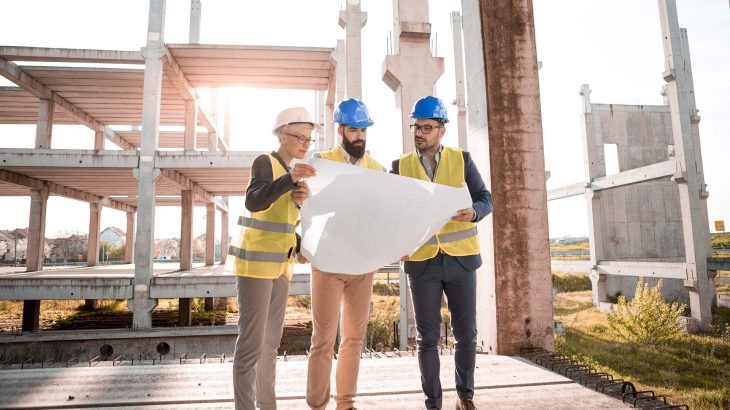How to Maximize the Role of Architects in Building Design and Construction
Building design and construction is a complex process that requires the expertise and collaboration of various professionals. Among them, architects play a vital role in transforming ideas and visions into practical, functional, and aesthetically pleasing structures. In this guide, we will explore the key responsibilities and contributions of architects in building design and construction, and provide valuable tips on how to maximize their role to ensure the success of your project.
Understanding the Architect’s Role
Architects are trained professionals who are not just designers, but also problem solvers. They possess the knowledge, skills, and experience to create designs that align with the client’s goals, while considering factors such as building codes, safety regulations, environmental impact, and budget constraints. Their role extends beyond sketching blueprints; architects are involved in every stage of the project, from initial planning to the final touches.
Creating a Vision: The Importance of Collaboration
One of the primary responsibilities of architects is to work closely with clients to understand their needs, aspirations, and constraints. By engaging in open and transparent communication, architects can develop a clear vision that reflects the client’s goals and expectations. This collaborative approach ensures that the final design aligns with the client’s vision, resulting in a successful and satisfying outcome.
Balancing Functionality and Aesthetics

Architecture is more than just creating visually appealing structures. Architects must strike a balance between functionality and aesthetics, ensuring that buildings not only look good but also serve their intended purpose. This requires a deep understanding of spatial planning, building systems, materials, and technologies. Architects consider factors such as natural light, accessibility, ventilation, and energy efficiency to create spaces that work efficiently and enhance the well-being of occupants.
Navigating Building Codes and Regulations
Building codes and regulations are essential to ensure public safety, accessibility, and adherence to environmental standards. Architects possess in-depth knowledge of these codes and regulations and play a crucial role in navigating through them. They ensure that designs comply with all necessary requirements, obtain the required permits, and coordinate with other professionals such as engineers and contractors to ensure seamless execution.
Managing the Construction Process
Architects are not only involved in the design phase but also play a vital role in managing the construction process. They serve as intermediaries between clients and contractors, ensuring that the design intent is properly translated into the final built form. Architects monitor the construction site, oversee the quality of workmanship, and address any unforeseen issues that may arise during construction. Their involvement ensures that the project stays on track and meets the desired quality standards.
Tips for Maximizing the Architect’s Role
Now that we have explored the key responsibilities of architects in building design and construction, let’s discuss some tips to maximize their role for a successful outcome.
1. Early Involvement
Engage architects from the earliest stages of your project. Their expertise can help shape the project’s feasibility, provide valuable insights, and avoid costly design changes later on.
2. Effective Communication
Maintain open and honest communication with your architect throughout the process. Clearly express your goals, budget constraints, and any specific requirements you may have. Regular communication ensures that the design aligns with your vision.
3. Trust their Expertise
Architects are trained professionals who bring a wealth of knowledge and experience to the table. Trust their expertise and allow them to guide you through the design and construction process. Their recommendations are based on industry best practices and regulations.
4. Collaboration with Contractors
Encourage collaboration between your architect and the contractors. Architect-contractor coordination is crucial to ensure that the design is executed as intended, and any unforeseen issues are addressed promptly.
5. Regular Site Visits
Plan regular visits to the construction site with your architect. This allows you to stay involved, address any concerns, and ensure that the project is progressing as planned.
In conclusion, architects play a vital role in building design and construction. By understanding their responsibilities, collaborating effectively, and maximizing their expertise, you can ensure the success of your project. Remember to involve them early on, communicate openly, trust their expertise, encourage collaboration, and stay engaged throughout the construction process. With architects by your side, you can transform your ideas into reality while creating functional, safe, and aesthetically pleasing spaces.



















